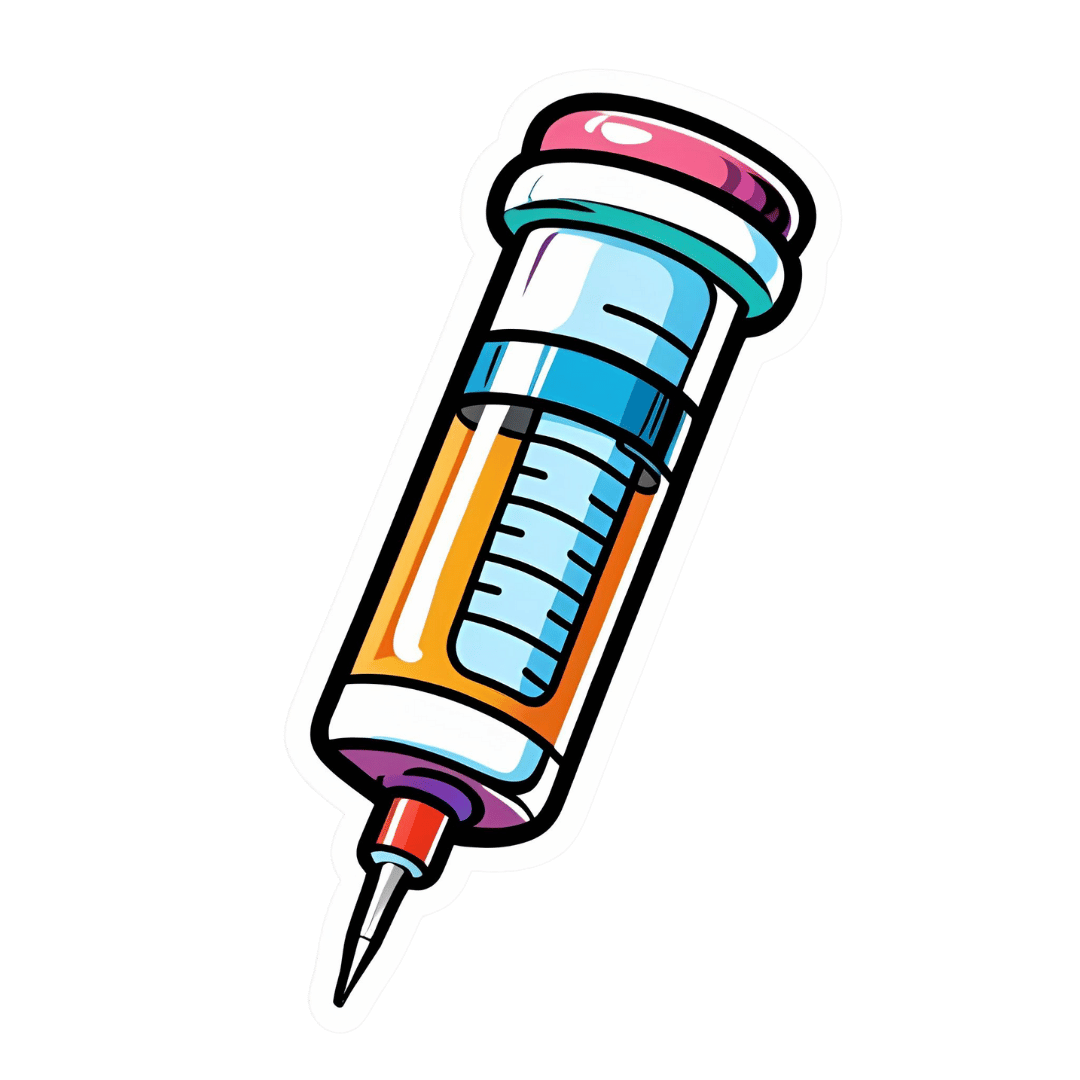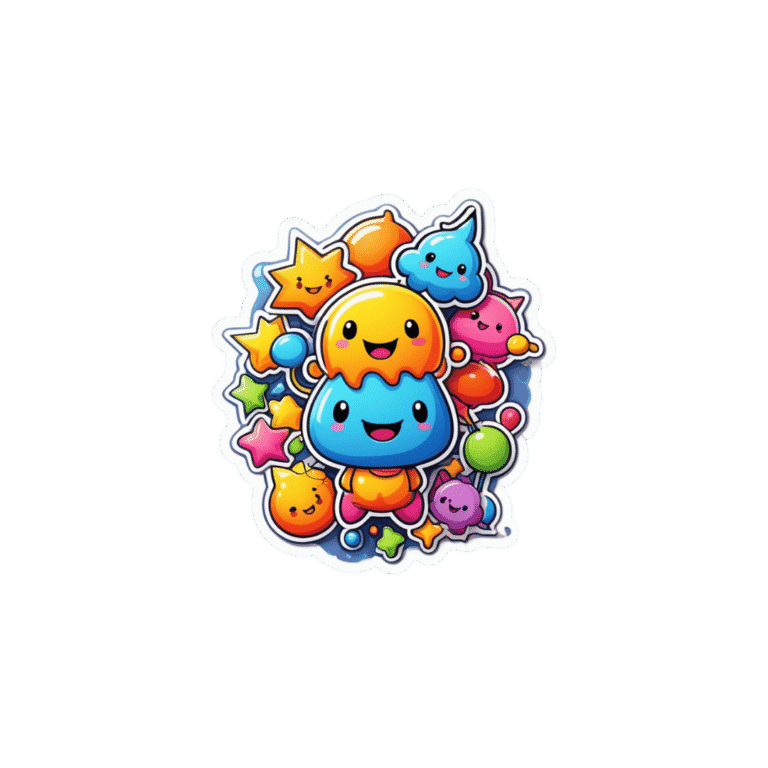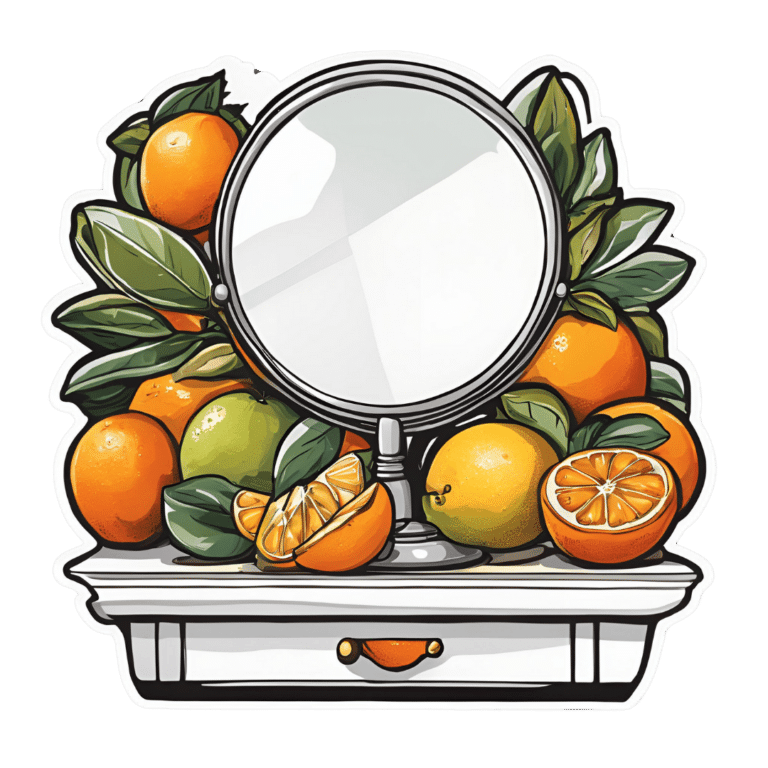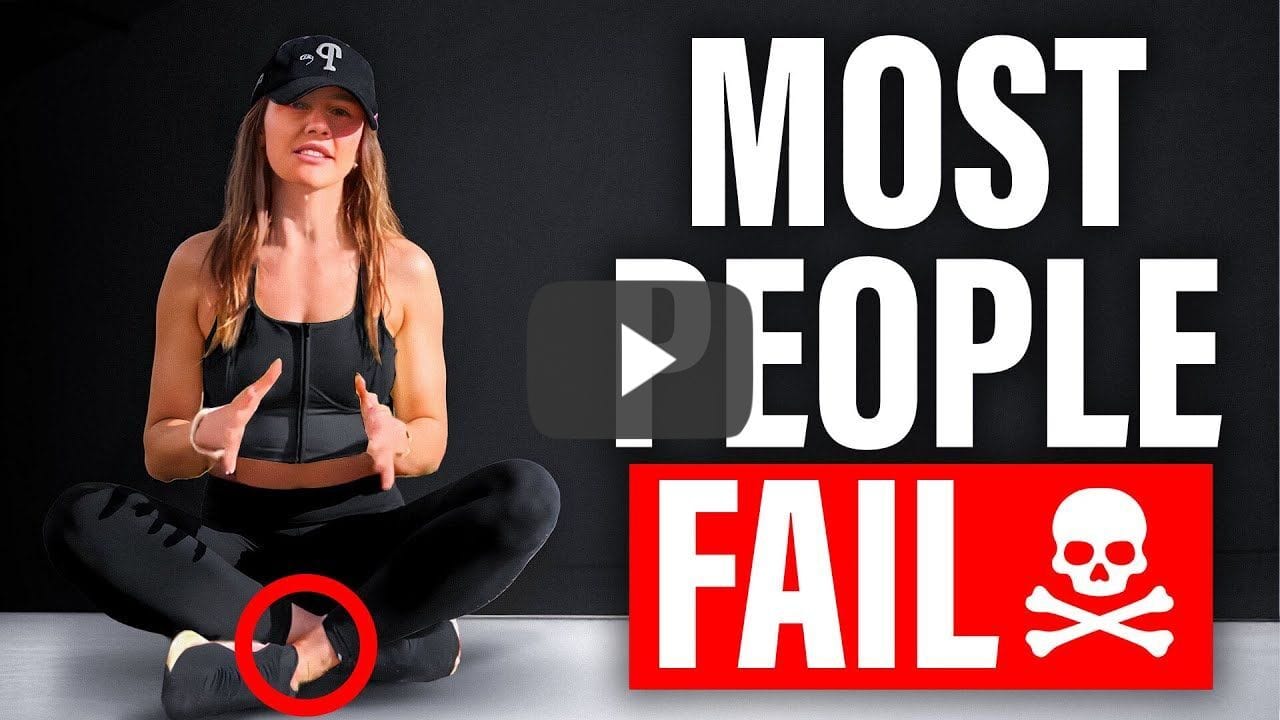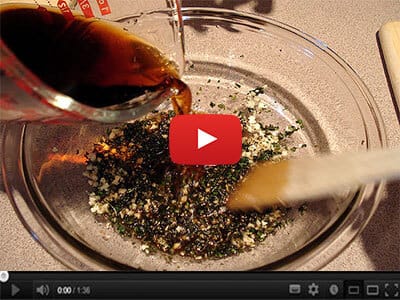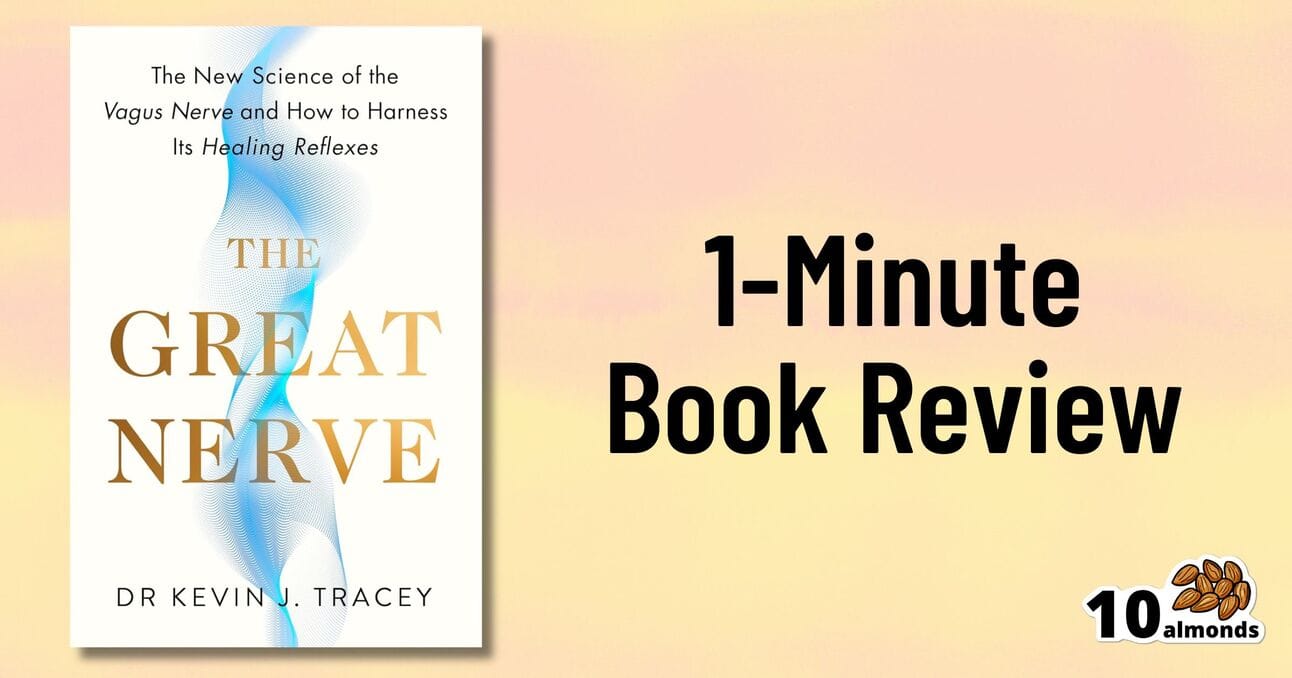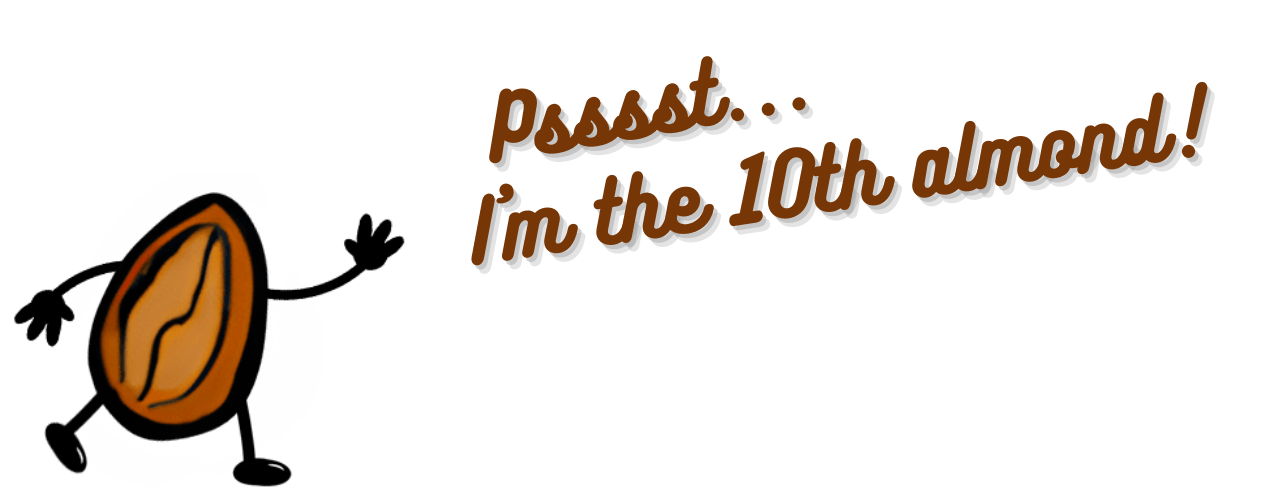Good morning 👋
❝Without brain health, you do not have health❞
~ Dr. Sandra Chapman
In today’s email we cover what happens if your GLP-1 drug supply is temporarily interrupted, an at-home longevity test you can do right now, and the healing potential of the vagus nerve.
Have you ever wondered why your hearing fails with age? It turns out, there is a reason—and a way to prevent it or reverse it in most cases. Today’s sponsor SonoVive explain how, here 😎
Today’s Main Feature
What Happens If Your GLP-1 Supply Is Temporarily Interrupted?
It’s well-known that if you stop taking GLP-1 receptor agonists (e.g. Ozempic, Wegovy, Mounjaro, etc) the weight will pile back on…
But what about a brief interruption?
Recommended Reading
Black Mold & Your Home
Is black mold really as bad for us as we think? A toxicologist explains
Is Vitamin C Worth The Hype?
Doctors give their insights about what people get wrong, and how to actually benefit:
Watch and Learn
This Simple Test Predicts How Long You’ll Live
People aged 46–75 who score perfectly have an 11x lower death rate than those who fail:
Prefer text? The above video will take you to a 10almonds page with a text overview, as well as the video!
Our Sponsors Make This Publication Possible
Have You Ever Wondered Why Hearing Fails With Age?
Hint: the reason is much smaller than you might think, and calls for reinforcement and repair on a cellular level, which you can do with this.
If you’re like most people, probably you haven’t wondered about it; “things break down as we get old” after all.
But…
Our ears are usually still there.
The external parts still direct sound vibrations just the same.
The internal tiny bits and pieces (hammer, anvil, stirrup, etc—you probably remember from high school) are usually all still present and correct.
The even further-in bits and pieces (cochlea etc) are usually still receiving the input from the middle and outer ear parts.
So… What’s going on?
The problem is usually inwards from that point. Either:
the received input isn’t being converted into electrical signals correctly, or
those signals aren’t being relayed to the brain correctly, or
the brain isn’t interpreting them correctly, or
a combination of the above.
Did you spot the common theme? In most cases it’s about neurons—either brain cells, or the nerve fibers taking the signals there, or initial electrical conversion from the truly tiny hair cells in the cochlea.
Now, instead of assuming hearing loss is irreversible… What if we could just fix those cells?
As it turns out, we can, with the combined power of these 8 natural substances (we’ve done main features on 6 of them here at 10almonds; the science is clear on them) that, between them, improve each part of that final journey from your skin cells to your brain cells:
Please do visit our sponsors—they help keep 10almonds free
This Or That?
Vote on Which is Healthier
Previously we asked you to choose between blueberries vs kiwi—both have their merits, but there was a very clear winner and we picked the kiwi (click here to read about why), as did 35% of you!
Now for today’s choice:
Click on whichever you think is better for you!
Bonus (Sponsored) Recommendation
PS: about today’s sponsor, if you just want to know the ingredients and don’t want to watch the video, you can find them directly by clicking here and then on “references”; the ingredients label is on that page too 😎
One-Minute Book Review
The Great Nerve: The New Science of the Vagus Nerve and How to Harness Its Healing Reflexes – by Dr. Kevin Tracey
Regular 10almonds readers will doubtlessly be aware of the merits of tending to one’s vagus nerve for reasons of relaxation and general health (per accessing the body’s “rest and digest” mode, and/or at the very least exiting the body’s “fight or flight” mode, which can be great in a crisis, but usually not what one wants at one’s desk on a Tuesday morning).
So, what does this book offer that stands out?
In this case it is much more of a focus on active healing, rather than simply avoiding harm.
Dr. Tracey covers how the vagus nerve (in and of itself, and/or in its role as the primary means of gut-brain information exchange) can be used to rebalance inflammation (i.e., reduce general inflammation while increasing the immune response where and when and how it’s actually needed), regulate weight, improve metabolism, and reap the many health benefits that come with those things, especially if one’s starting point in one or more of those categories is Not Good™.
In terms of practicalities, he recommends an array of tools: meditation and breathwork, cold and exercise, and technological gadgets, with notes on therapies for various conditions.
The style is formal in tone, with lots of stories, and feels a lot like a for-the-public scientific presentation by an academic whose goal is more to engage the audience than necessarily to educate with a lot of details, as one might with an audience of students of one’s field. There are no citation markers as we go, although there is a respectable-sized bibliography at the back. The lack of referencing as we go is however quite a flaw, since it makes it much more difficult to check the sources for claims. It’s the equivalent of “yes, there is evidence for this claim; if you don’t believe me, here’s the library”.
Bottom line: if you’re looking for clinical understanding, this isn’t the best book for you. If you’re looking for just the practicalities, this book will feel quite padded with anecdotes. If, however, you want to learn about the vagus nerve in storytime fashion while curled up in your armchair, then you’ll probably find this book quite enjoyable.
Penny For Your Thoughts?
What did you think of today's newsletter?
Wishing you the very best of health every day, in every way,
The 10almonds Team
